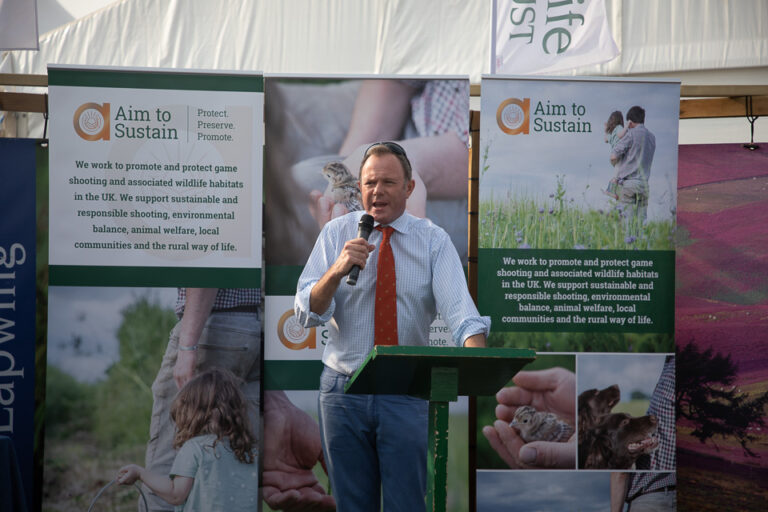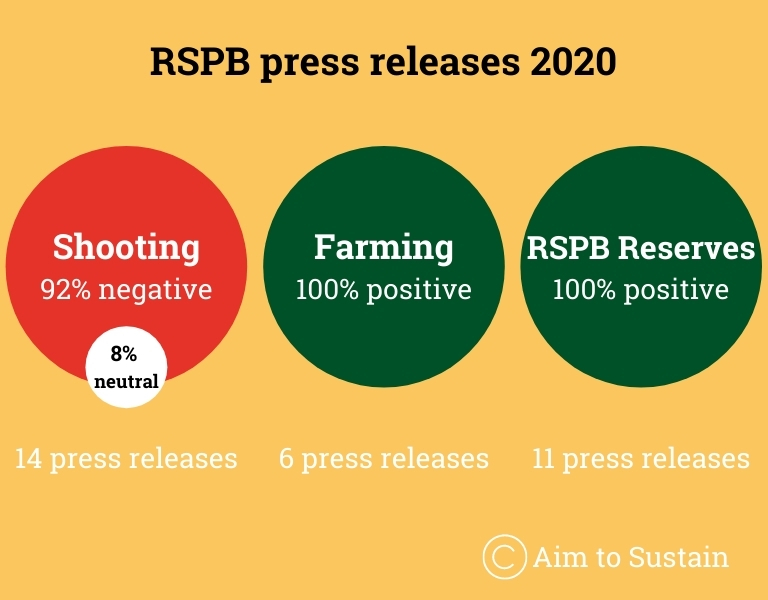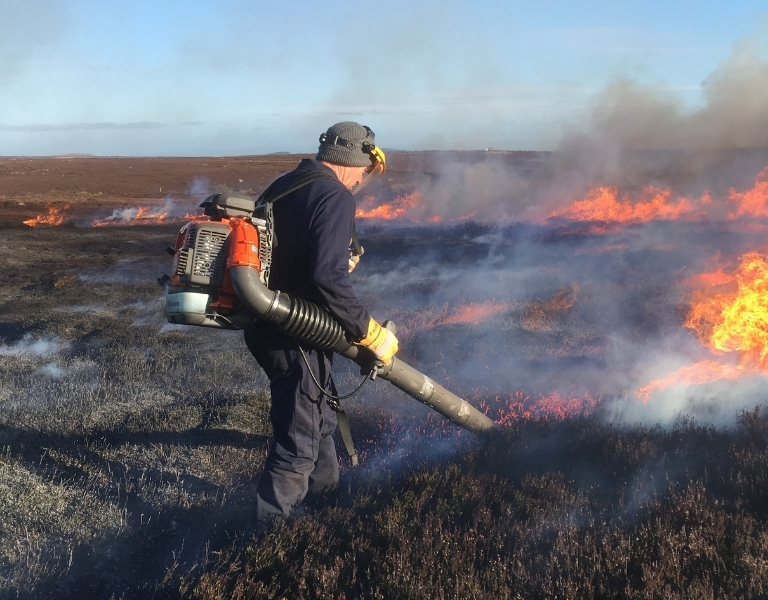The 12th - finding our voice
It may have been a poor breeding year for grouse in many places this year, but with the 12th almost upon us shooting has much to celebrate.
In June MPs rejected calls to ban driven grouse shooting during a Westminster debate. More recently there has been a string of positive press coverage, with pieces in The Telegraph and The Times.
The coverage was based on a new report published by the University of Northampton. The lengthy report revisits and expands the available economic, environmental and social information which will help inform policy makers as we go forward.
Hen harrier success
“We found no evidence that other land uses would deliver the same benefits and that, when driven grouse shooting is done as part of integrated moorland management, it is sustainable”
Professor James Crabbe, University of Northampton
When the Moorland Association announced that this year has been another record breaking year for hen harries in England, The Guardian was only too happy to cover the story.
Grouse moors in England have produced 80% of the fledged checks, a number similar to Scotland. Those that follow the detail will have noticed that with 31 harrier nesting attempts in England, we are now well on our way to the number required for Favourable Conservations Status.
It goes without saying that the ‘official’ hen harrier day online broadcast from Wild Justice, which lasted for over two hours, forgot to mention any of these numbers. Not a single mention of the species recovering in England.
“The endangered hen harrier is continuing its recovery from near extinction in England with this summer set to have the highest number of chicks fledging since 2002.”
The Guardian, 5th Aug
Pushing back against the narrative
“What Scotland's grouse moor managers can teach the world about wildfires”
The Scotsman, 8th Aug
With some pushing for a complete ban on muirburn in advance of COP26 in Glasgow this Autumn, it was refreshing to see some pushback against this narrative ahead of the 12th by Ross Ewing at BASC
The logic is simple. Most of the evidence in relation to control burning is poorly understood (see GWCT report here) but until we do, it’s probably best to not ban a tool that can reduce the risk of wildfire by 87%.
Shaping the future

So, the crude attempts to ban a sport through the selective use of evidence are beginning to backfire.
In fact, as a result there is a wider appreciation of a subject few knew that much about. Today far more know the environmental, economic and social contribution shooting makes. All three are important because these are the three elements the United Nations uses to assess sustainability.
That is why Aim to Sustain will seek to balance all three.
When Nick Herbert, co-chair of Aim to Sustain, spoke at the launch of the formal partnership of nine countryside organisations he made it perfectly clear how much work lay ahead.
However, before suggesting the partnership had all the answers, he asked the sporting community to share their ideas through the Aim to Sustain consultation here.
This remains open to 11th October, but the first thousand submissions are in and an impressive 92% are supportive of the outline plan.
Shape the future of shooting through the Aim to Sustain consultation here
Challenging our opponents
Whilst the consultation runs the organisations have not been idle.
The day after the launch, the blogger campaigning to ban driven grouse shooting, Mark Avery, was challenged as to what he wanted to replace them with.
Those present in the Carter Jonas Game Fair Theatre listened patiently and politely… for an hour. Few were convinced there was any plan, some were not convinced he really wants to ban grouse shooting at all. Watch a recording here if you missed it.
Avery, perhaps spurred by this setback at The Game Fair, went on to try and outline his ‘vision’ during Wild Justice’s hen harrier day broadcast.
Once more there still was no more clarity about where we can see what he actually wants instead of grouse moors – and the numbers to support why it is ‘better’.
Next on the stage following Mr Avery was Sir Ian Botham, who explained the importance of Aim to Sustain as he did in his earlier article in The Telegraph online. Sir Ian made it clear there needs to be a greater willingness to push back against those opposed to shooting. You can watch a clip of Sir Ian on stage at The Game Fair here.
Lord Botham has not held back in the past about RSPB bias, and he may have a point:

So, even during lockdown, the RSPB press office pumped out more press releases about shooting than its own reserves. Flattering to have so much attention.
Quite why it still struggles to highlight the positives of shooting, but can for farming, is bizarre. Even its Chairman, Kevin Cox, said only last year.
“land well managed for shooting can have considerable wildlife benefits, for example by providing habitat that can benefit species other than gamebirds.”
RSPB statement on shooting, 2020
The RSPB claims to be neutral on shooting, something its press office appears to be entirely unaware of. It is not as though there is nothing to praise.
